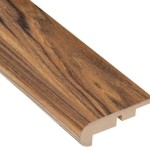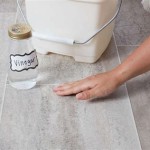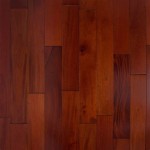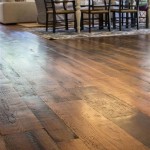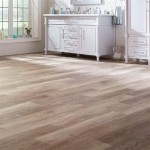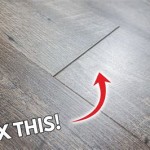Water damage to hardwood floors can be a difficult and costly problem to repair. It is important to act quickly to prevent further damage from occurring. This article will discuss the steps you should take to repair water damage to your hardwood floors.
Identifying Hardwood Floor Water Damage
The first step to repairing hardwood floor water damage is to identify the source of the damage. Common causes of water damage include plumbing leaks, flooding, and spills. If the water damage is caused by a plumbing leak, it is important to shut off the water supply to the area to stop the leak. If the water damage is caused by flooding or a spill, it should be cleaned up as soon as possible to prevent further damage.
Removing Water From Hardwood Floors
Once the source of the water damage has been identified and the water has been stopped, the next step is to remove the standing water from the hardwood floors. This can be done with a wet/dry vacuum or mop and bucket. Be sure to get as much water up as possible. It is also important to use a dehumidifier to remove any remaining moisture from the area.
Inspecting Hardwood Floors for Damage
Once the water has been removed from the hardwood floors, it is important to inspect them for damage. Look for signs of warping, swelling, or discoloration. Any damaged boards should be removed and replaced with new boards. If the boards are not too severely damaged, they may be able to be salvaged.
Sanding and Refinishing Hardwood Floors
Once all damaged boards have been replaced, the next step is to sand and refinish the hardwood floors. This will help to restore the original beauty of the hardwood floors and protect them from further damage. It is important to use the correct type of sandpaper and stain to ensure the best results.
Cleaning and Protecting Hardwood Floors
Once the hardwood floors have been repaired, it is important to clean and protect them. This can be done by regularly vacuuming and mopping the floors with a mild detergent. It is also important to use floor protectors to prevent any future water damage. Additionally, it is important to check for any signs of water damage on a regular basis.
Conclusion
Repairing water damage to hardwood floors can be a difficult and costly task. It is important to act quickly to prevent further damage from occurring. By following the steps outlined in this article, you can repair water damage to your hardwood floors and protect them from future damage.




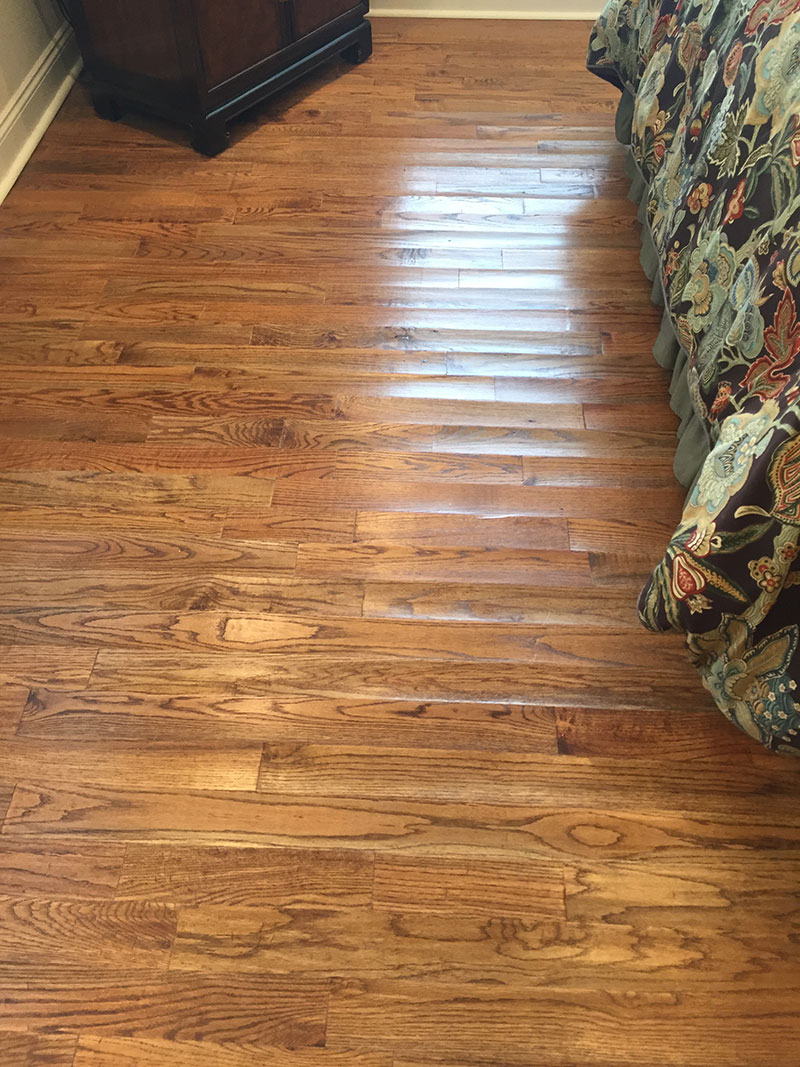










Related Posts

